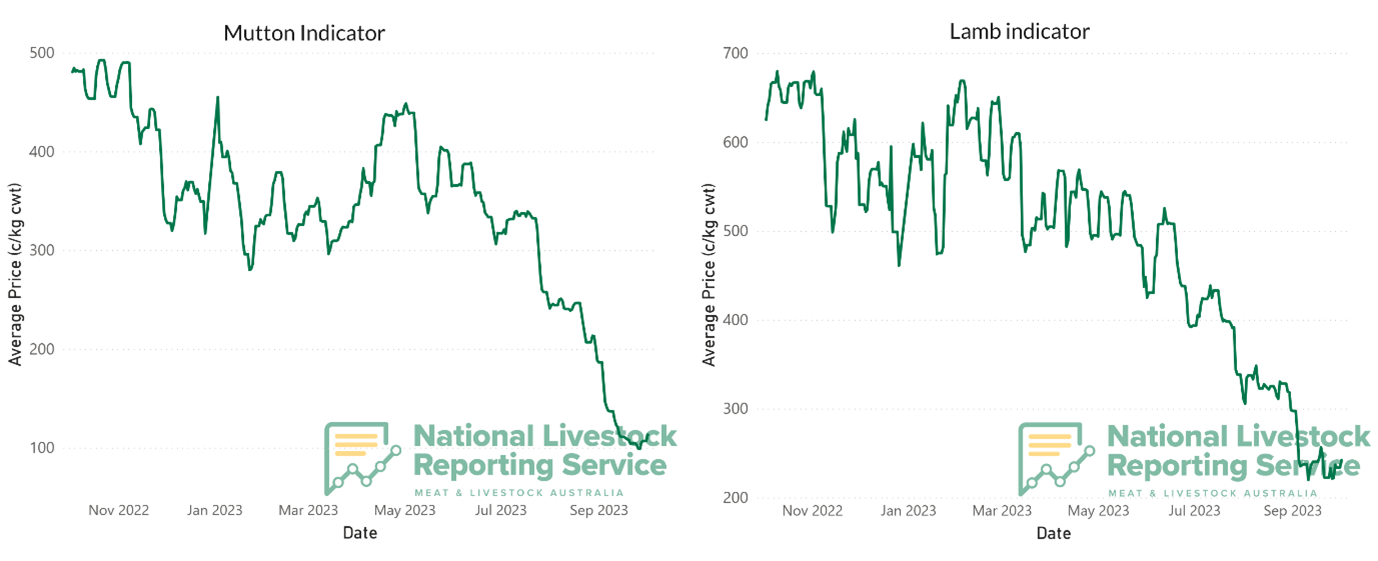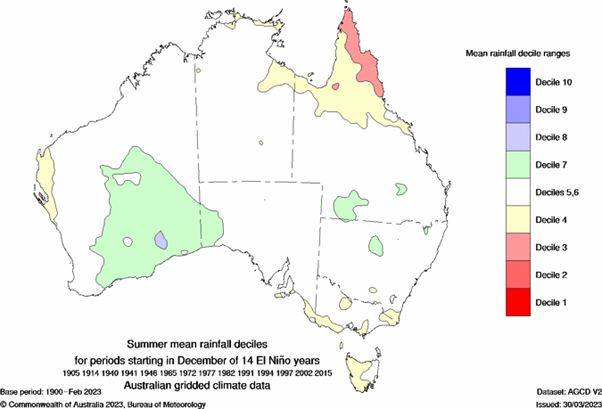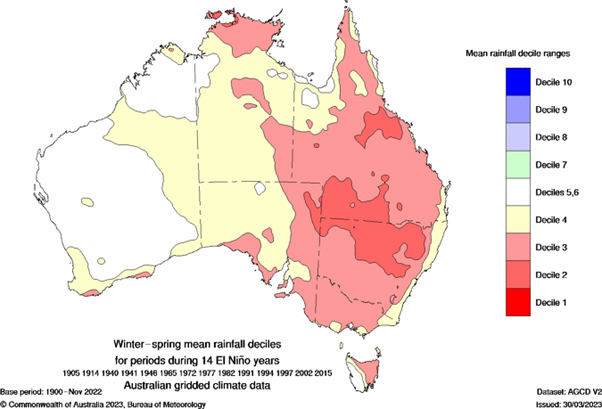"Fears are nothing more than a state of mind." Napoleon Hill
For my first regular Leader Sheep blog, I had intended to talk about breeding sheep. However, after talking with producers in the last couple of weeks, I’ve realised that there are other, more pertinent issues.
Being a Leader Sheep is not only about breeding a different style of sheep. It’s also about having a learning and growth mindset. It’s about being prepared to think outside the box and to think for yourself.
The media started reporting the potential for a change back to El Niño conditions in January and February this year. We then saw the price of sheep and cattle drop, and drop, and continue to drop to levels not seen in a decade.

There are a multitude of market factors that contributed to the drop, and it was a drier than usual summer for many places. However, the speed and amount that prices dropped (far lower than market experts predicted) indicates that widespread pessimism in the industry was a significant driver.
I’m convinced that this was in large part due to the fear of El Niño. I understand it. After all, 2018/19 is still very, very fresh in our minds.
Speaking to other farmers though, you would be forgiven for thinking that El Niño guarantees that it won’t rain again for months or years! But before we start making irrational, fear-based decisions, let’s look at some data.
Looking at El Niño effects
Firstly, since we are heading into summer, let’s look at the summer influence. According to the BOM website:
“Generally, El Niño's impact on Australian rainfall diminishes from November onwards, so that by summer (See figure below), the El Niño-induced tendency towards drier than average conditions has almost entirely broken down across the east and south of the country.” Climate Driver Update (bom.gov.au)

You can see from the figure that, outside of Northern Australia, in El Niño years the average decile is just average! In other words, whether it’s an El Niño year or not, summer rainfall will be just the same as “normal.” For most, this means it could be dry, wet or anything inbetween! It certainly doesn’t mean we are guaranteed to have no rain.
That’s good for those of us with a summer dominant rainfall, but what about our winter rainfall? The graph below looks far grimmer for those of us in the east. Look at all that red!

But let’s not throw in the towel and think it’ll never rain again! What exactly does decile 2 and 3 mean?
Our own rainfall records go back to 1946. For the period used in the above graph:
-Our Mean rainfall (skewed by a couple of exceptionally wet years) is 239mm (9.5”).
-Our Decile 5 rainfall (what we can expect at least 50% of the time) is 218mm (8.7”).
What does that scary red decile 2 mean for us? 155mm (6.2”). That's 63mm (2.5”) less than decile 5, and still 2/3 of average rainfall. It’s enough of a difference that we will notice and miss it, but again, El Niño doesn’t mean no rain at all!
It is interesting to look at our winter-spring rainfall in each of those El Niño years:
-Worst period was 103mm (4”). A very dry, hard winter.
-Wettest year was 352mm (14”). That should be a bumper winter for us.
-Average of 178mm (7”). If we manage stock numbers appropriately, that is a manageable season.
What does this mean for us?
First, I should clarify. This DOES NOT mean we continue as usual running fully stocked because it still always rains something.
One quote I am beginning to love is “Hope is not a course of action.” Letting your grass disappear in front of you and hoping for rain to fix it is to set yourself up for disaster.
What I AM saying is don’t live in fear of El Niño. This is about mindset. Being in a constant state of fear and stress is the opposite of having a growth and learning mindset.
In management, mindset and psychology literature, people talk about “above the line” thinking vs “below the line” thinking. In essence, “above the line” thinking is about managing and controlling the things you can control, whereas “below the line” thinking focuses on and worries about the things you cannot control. Being fearful because of El Niño puts you firmly in “below the line” thinking.

Leader Sheep leave their weather-complaining colleagues to their pessimism and forge ahead making decisions that improve their flocks, their farms, their families, and their lives.
One quick tip
I had 7 tips, but this article is getting too long so they’ll have to wait until next month. So:
Reduce your ewe numbers if you need to and keep on breeding.
I am hearing many reports of people not joining, or even shooting sheep. I’m horrified, but it also means that we can be selling top quality lambs into a market with reduced supply next year.
There is also tremendous opportunity to buy top quality auction rams this year for the price you might normally expect to pay for flock rams. Right now, we have some of our auction-quality rams on our online “sheep shop” for only $1090.
Stay "above the line"
The Rissmerino Team

https://xkcd.com/831/

